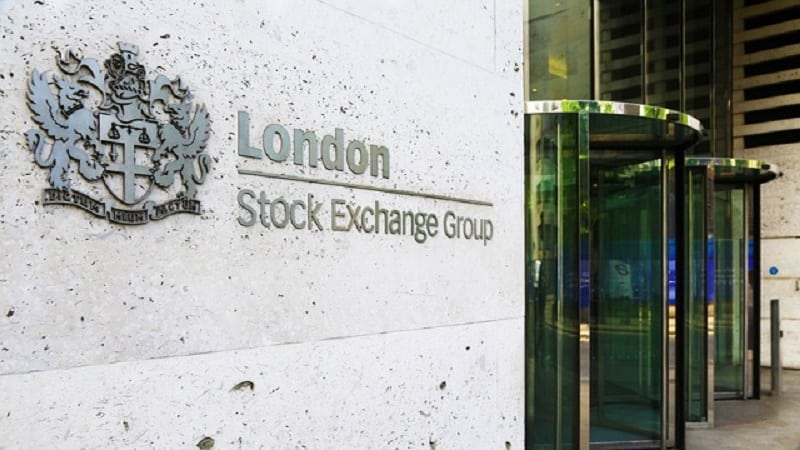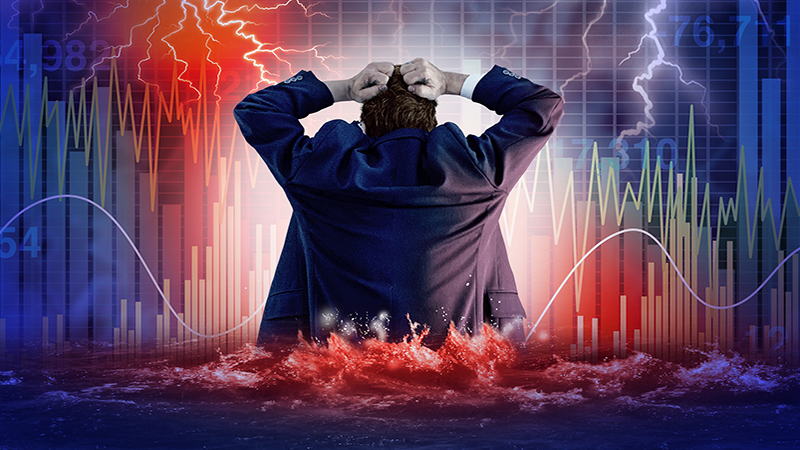By Wes Crill, senior client solutions director at Dimensional Fund Advisors
Before Donald Trump’s first term as US president, few people thought much about tariffs. From the end of the Cold War until 2017, the world enjoyed a long spell of relatively stable and friction-free globalisation and tariffs were off the agenda.
But now that tariffs are back at the forefront of world news, many investors are trying to work out how the economy and markets will be affected.
Fortunately, historical data tell us investors need not necessarily alter their investment approaches.
Will tariffs harm investment returns?
As the economic impact of tariffs is considered, investors may be tempted to abandon equities and go to cash when there is a heightened risk of recession, or even slowing growth.
But research shows that stock prices incorporate expectations of slowing or negative growth and generally fall in value before a recession even begins. Across the two years that follow a recession’s onset, equities have a history of positive performance.
Data covering the past century’s 16 US recessions show that investors tended to be rewarded for sticking with stocks. In 12 of the 16 instances, or 75% of the time, returns on stocks were positive two years after a recession began.
The average annualized market return for the two years following a recession’s start was 8.8%. Looked at another way, a $10,000 investment at the peak of the business cycle would have grown on average to $12,145 after two years.
Recessions and slowing growth understandably trigger worries over how markets might perform. But a history of positive average performance following a recession can be a comfort for investors wondering whether or not they should move out of stocks.
Inflation and stagflation
Another concern is the possibility of tariffs leading to the combination of rising inflation and weak economic conditions, so-called stagflation.
Since 1930, the US has seen 12 years when negative GDP growth coincided with positive changes in the consumer price index (CPI). The US stock market’s real return—its return in excess of inflation—was positive in nine out of those 12.
That hit rate is close to the frequency of positive real returns across all years between 1930 and 2024, which is 68%.
This is another example demonstrating how concerns over the economy shouldn’t drive portfolio decisions. Predictions about the direction of the economy are continuously forming, but the market itself remains the best predictor of the future.
That means market prices are set to levels to deliver positive expected returns even amid concerns over future economic outcomes.
What about company performance?
We have one recent case study offering perspective on this issue, and that is President Trump’s first term in office.
Beginning in 2017, the administration eyed China as a target and by 2018 began imposing tariffs across a range of products. The next couple of years saw back-and-forth trade discussions that eventually led to an agreement, though pre-existing tariffs remained in place.
Despite all this uncertainty, both China and the US posted higher cumulative returns than the MSCI World ex USA Index over the four years of Trump’s term.
Again, we see this as evidence that markets are forward-looking and the impact from initiatives such as tariffs is likely already reflected in current market prices. When these expected developments come to pass, the effect on markets may be muted.
Markets are doing what markets do
Markets are more powerful than the biggest supercomputer or AI model. They are formed of millions of participants who exchange information and opinions which find their way into prices.
This means the price of virtually anything that is traded in a liquid, public market tells you something about what other people think. To be a successful investor it is better to harness that power rather than to compete against it.











